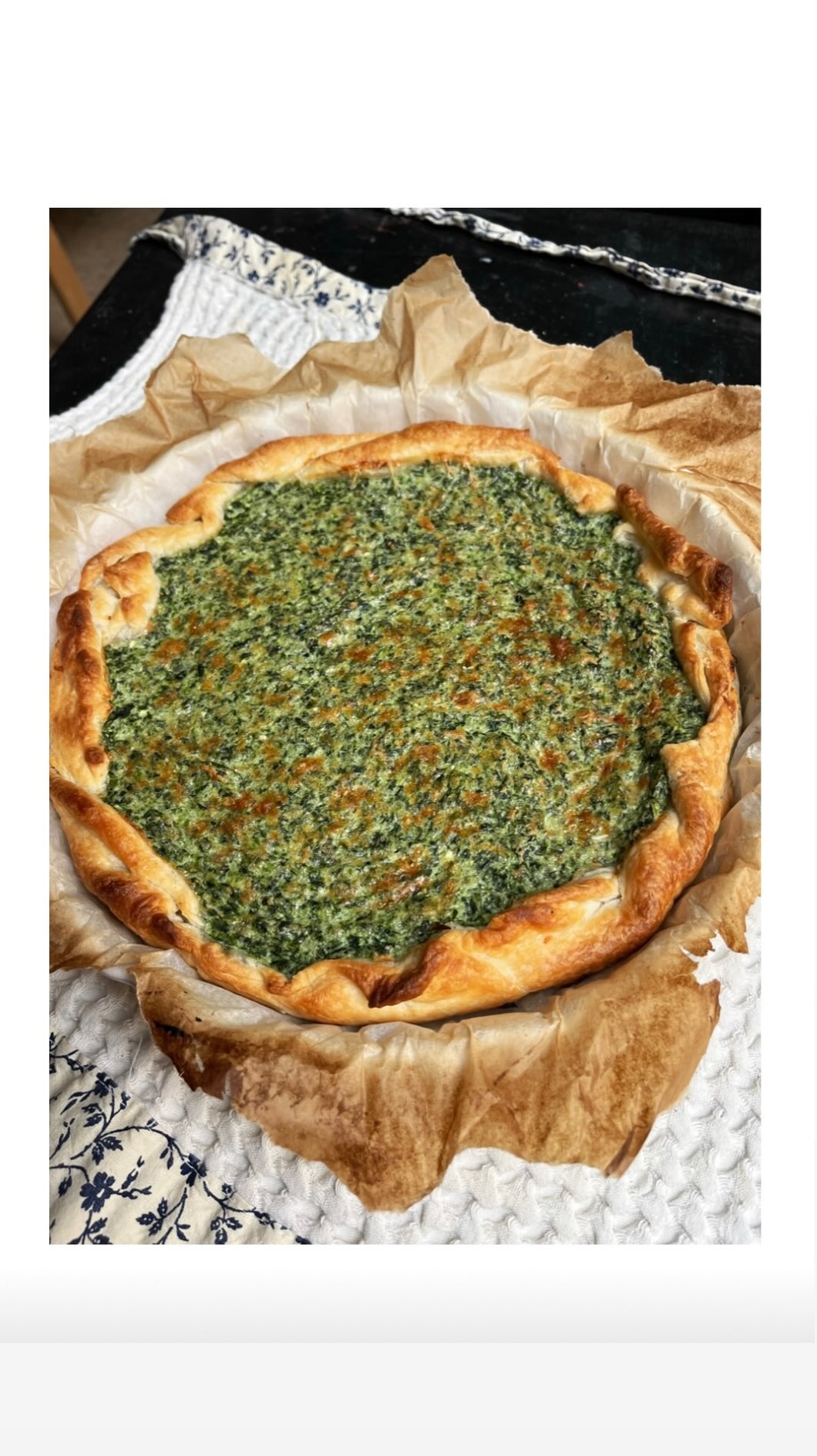This 2-ingredient homemade pasta recipe is easy to make and probably the most famous Italian dish, among them all. Traditionally fresh pasta is associated with the region Emilia Romagna, and sfogline are called the women who roll the fresh pasta strictly by hand, using just a rolling pin.
Being a sfoglina, on top of being a tradition that is passed down in the family, is also a real profession. There are actual schools in the Emilia Romagna region that can teach you how to make pasta, the perfect way. So, if after this crazy 2020 you need a sabbatical relaxing year, and let’s be real, who doesn’t?! I recommend you visit Emilia Romagna and try one of their courses. I’ve never attend it, but only the idea makes me trilled! For now I will show you my simple homemade pasta recipe.
Making fresh pasta at home is very easy, but if you don’t own a pasta maker you will need to do all the hard work by hand, and trust me, it will be quite involved. First of all, the pasta dough needs to be kneaded for straight 10 minutes. Quite demanding, yes, I won’t lie. That’s why I usually ask my husband to help me with that part 🙂 I really don’t enjoy the kneading part, but you should try, give it a shot and let me know what you think! Remember: not 5 minutes, not 8 minute, but at least 10 minutes of straight kneading.
How do yo understand when your pasta dough is ready? The queen of the sfogline, Alessandra Spinsi, says that “the pasta dough is ready when it sings”. What does that mean? it’s another way to say that you need to knead the pasta dough long enough. In fact, while kneading it you are incorporating air inside and when you are doing this long enough, you create small little bubbles. When these bubbles pop up under you palms, it sounds like if the pasta is somehow making noises, singing as they say.
After the kneading part your pasta dough needs to rest, otherwise you won’t be able to roll it out. Trust me, been there, done that! Moreover, I really really recommend to use a pasta machine to roll the pasta out. In this way you will not hate making fresh pasta 😉 and you will be able to easily choose the thickness you want.
Fresh Pasta Ingredients
Flour: I usually use all-propose flour or a specific flour I find for fresh pasta. In this case you can choose the brand Caputo, which has different flour divided by type of dish you wanna make. in this case, I used the brown package which is specifically for gnocchi and fresh pasta.
Eggs: the amount of eggs is usually based on the amount of flour. The general proportion is 1 egg to 100g of flour.
How to Make Fresh Pasta
Cuisine: ItalianDifficulty: Easy4
servings40
minutes2
minutes30
minIngredients
400g All-purpose Flour
4 Fresh Eggs, around 70g each
Directions
- Mix Eggs and Flour. Over a pastry board make a flour mound and create a sort of nest in the middle of the mound: the well (fontana in Italian). Move the flour gently with your finger to form the well and add the eggs.
Whisk the eggs with a fork, incorporating the flour little by little. Try to keep the “walls” of your mound intact otherwise the eggs will spill out easily everywhere. If this happens, quickly use the fork or your hands to pull it back in.
- Knead the dough vigorously with your hands for at least 10 minutes. If you have difficulties, because the dough it’s too dry, wet your hands with a few drops of water and keep kneading until it forms a loose ball.
Cover with plastic wrap and let it rest for 30 minutes at room temperature.
- Cut. After 30 minutes, cut a piece of dough and wrap the rest of the dough. Always keep the dough you don’t use wrapped so it won’t dry out.

- Roll the fresh pasta. Use a rolling pin to flatten the first piece of dough into an oval disk. Then, flour the disk , set your pasta machine to the widest (0-1) and run the oval disk through the pasta machine’s rollers.
- Fold the two edges of the dough towards the center, sprinkle again with little flour and roll it out through the pasta rollers again, keeping the widest setting.

- Roll the dough out. At this point you need to keep running the dough through the machine’s rollers adjusting the settings of gear. Turning the gear will change the width of the rollers. Usually 0 or 1 are the widest, while 8-9 are the tightest. Roll the disc of dough one time per each gear settings until reaching the thickness you want. Place the pasta sheet on the side sprinkling it with some flour. Continue rolling each pasta disc as described above, until you finish all the dough
- Cut the pasta. In case you want to make tagliatelle or fettuccine, you will need to roll each pasta sheet through the machine’s cutter attachment. Before rolling it, sprinkle the pasta sheet with some flour so it won’t stick to the attachment while is cut.
I recommend to let the tagliatelle dry without folding them on themselves, as you often see in many pictures online. In fact, if you don’t do this step correctly the tagliatelle will stick together and you won’t be able to separate them anymore. If you don’t have a drying rack where you can hang tagliatelle (I also don’t have it), just lay them out over a kitchen towel, sprinkled with flour. - Cook tagliatelle in boiling water for 2 minutes.



How to Serve Tagliatelle
As you guys know I am a fan of traditions. And traditionally tagliatelle are served with Ragù, Bolognese sauce, but you can really try different sauces. I love them when seasoned with Sauteed Mushrooms, in this case you can either just add more Extra Virgin olive oil and Parmesan to the mushrooms or a bit of cream, if you like your tagliatelle extra creamy. Tomato sauce is also great with tagliatelle, but if you want to try another very rustic Italian dish you should season your fresh tagliatelle with the leftover sauce of beef stew! This is going to be epic, trust me.













































Hi, Giada!
How long does it take to dry it using the towel technique?
Hi Fernando, it can take about 2h to 24h if you want to dry them completely.
400 grams is equal to how many cups
It’s about 2.5 cups. I always recommend to use a scale, because cups are never as precise.
I wanted to print out the Instructions while making the pasta… BUT there is NO option to print a simple recipe out.. IF you just hit print, it ends up being 10 pages long…. TEN pages…. for a 2 ingredient recipe!!! WHAT THE !!!!!!!
Hello Lori, thank you for pointing this out. I’ve changed the setting and now you can easily print only the recipe card, without the posts text. Hope you’ll enjoy it more this way 🙂